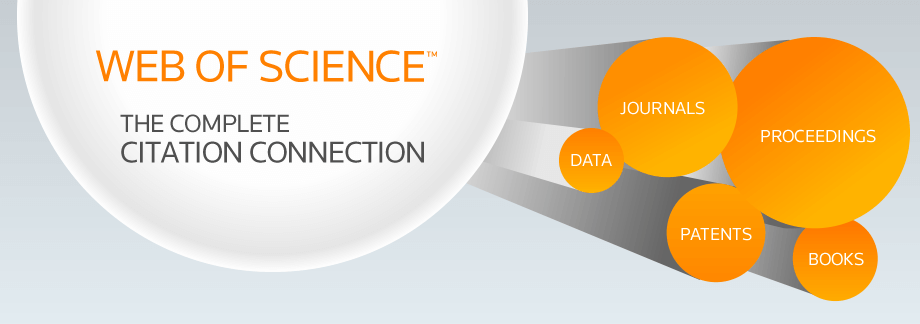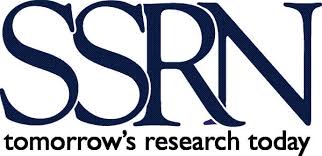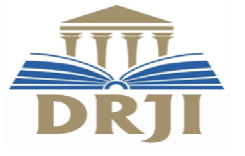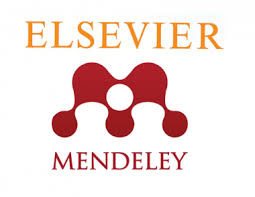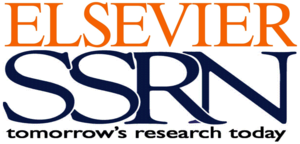INTERNATIONAL JOURNAL OF CREATIVE RESEARCH THOUGHTS - IJCRT (IJCRT.ORG)
International Peer Reviewed & Refereed Journals, Open Access Journal
IJCRT Peer-Reviewed (Refereed) Journal as Per New UGC Rules.
ISSN Approved Journal No: 2320-2882 | Impact factor: 7.97 | ESTD Year: 2013
Call For Paper - Volume 13 | Issue 11 | Month- November 2025
Scholarly open access journals, Peer-reviewed, and Refereed Journals, Impact factor 7.97 (Calculate by google scholar and Semantic Scholar | AI-Powered Research Tool) , Multidisciplinary, Monthly, Indexing in all major database & Metadata, Citation Generator, Digital Object Identifier(CrossRef DOI)
Contact Us Click Here
WhatsApp Contact Click Here
Published Paper Details:
Paper Title
STRENGTH PROPERTIES OF CONCRETE BY USING RED MUD AND FLY ASH AS PARTIAL REPLACEMENT OF CEMENT WITH AND WITHOUT HYDRATED LIME
Authors
Ms. Mansi Dattatray Haralkar, Mr. A.N.Shaikh
Keywords
Red mud, Fly Ash, lime, Hydrated lime, Cement
Abstract
The increasing demand for sustainable construction materials has led to the exploration of industrial waste as potential alternatives in concrete production. This study investigates the feasibility of using red mud, a by-product of the aluminium industry, as a partial replacement for cement in concrete, along with hydrated lime to enhance workability and strength characteristics. Various concrete mixes were prepared by replacing cement with red mud at proportions of 5%, 10%, 15% by weight, with a constant percentage of hydrated lime. Comprehensive tests were conducted to evaluate the workability, compressive strength, split tensile strength, and durability of the mixes at different curing periods. The results indicate that the incorporation of red mud up to an optimal percentage, in combination with hydrated lime, can significantly enhance the mechanical properties of concrete while promoting the reuse of industrial waste. This experimental study demonstrates the potential of red mud as a sustainable material in cementitious applications, contributing to environmental conservation and resource efficiency in the construction sector.
The rapid growth of the constructi"n industry has significantly increased the demand for cement, contributing to environmental challenges such as high energy consumption, greenhouse gas emissions, and depletion of natural resources. In response, this study explores the use of red mud--a highly alkaline industrial waste generated during the Bayer process of alumina extraction--as a partial replacement for cement in concrete. In addition, hydrated lime is incorporated to improve the pozzolanic reactivity and binding properties of the mix.
This experimental investigation involves the preparation of concrete specimens in which Pozzolanic Portland cement (PPC) is partially replaced with red mud in varying proportions: 0% (control mix), 5%, 10%, 15% by weight. A constant percentage of hydrated lime (typically 5%) is added to all mixes containing red mud. The mechanical and durability properties of the concrete are evaluated through standardized tests, including slump test for workability, compressive strength test, split tensile strength test, and water absorption test at 7 and 28 days of curing.
The results reveal that red mud ca" be effectively utilized as a supplementary cementitious material up to an optimum replacement level--typically around 10-15%--without compromising, and in some cases even enhancing, the strength and durability of concrete. The addition of hydrated lime contributes to improved binding and densification of the matrix, helping mitigate the reduction in early strength that can occur with red mud alone. Beyond the optimal percentage, however, further replacement leads to reduced mechanical performance due to increased porosity and lower cement content.
Overall, this research demonstrates that red mud, when used in combination with hydrated lime, offers a viable and eco-friendly alternative to partial cement replacement. This approach not only reduces the environmental burden associated with red mud disposal but also contributes to sustainable construction practices by lowering the carbon footprint of concrete production.
IJCRT's Publication Details
Unique Identification Number - IJCRT2507265
Paper ID - 290580
Page Number(s) - c346-c352
Pubished in - Volume 13 | Issue 7 | July 2025
DOI (Digital Object Identifier) -
Publisher Name - IJCRT | www.ijcrt.org | ISSN : 2320-2882
E-ISSN Number - 2320-2882
Cite this article
Ms. Mansi Dattatray Haralkar, Mr. A.N.Shaikh, "STRENGTH PROPERTIES OF CONCRETE BY USING RED MUD AND FLY ASH AS PARTIAL REPLACEMENT OF CEMENT WITH AND WITHOUT HYDRATED LIME", International Journal of Creative Research Thoughts (IJCRT), ISSN:2320-2882, Volume.13, Issue 7, pp.c346-c352, July 2025, Available at :http://www.ijcrt.org/papers/IJCRT2507265.pdf
Article Preview
Indexing Partners
Call For Paper November 2025
Call For Papers
November 2025
Volume 13 | Issue 11
Last Date :
30-Nov-2025
Submit Manuscript Online Impact Factor: 7.97 Review Results : Within 02-03 Days Paper Publication : Within 02-03 Days
November 2025
Volume 13 | Issue 11
Last Date :
30-Nov-2025
Submit Manuscript Online Impact Factor: 7.97 Review Results : Within 02-03 Days Paper Publication : Within 02-03 Days
Published Issue Details
For Authors
Forms / Downloads
Other IMP Links
Indexing Partner
Research Area
LICENSE
ISSN and 7.97 Impact Factor Details

ISSN: 2320-2882 Impact Factor: 7.97 and ISSN APPROVED Journal Starting Year (ESTD) : 2013
ISSN and 7.97 Impact Factor Details

ISSN: 2320-2882 Impact Factor: 7.97 and ISSN APPROVED Journal Starting Year (ESTD) : 2013
DOI Details
CONFERENCE
CONFERENCE MANAGMENT & PUBLICATION CONFERENCE PROPOSAL
RECENT CONFERENCE

CONFERENCE PROPOSAL CONFERENCE PROCEEDINGS

CONFERENCE PROPOSAL CONFERENCE PROCEEDINGS
For Reviewer /Referral (RMS) Earn 500 per paper
Important Links
NEWS & Conference
Digital Library
IJCRT RMS | Earn 500 Per Paper.
LICENSE
Indexing Partner





